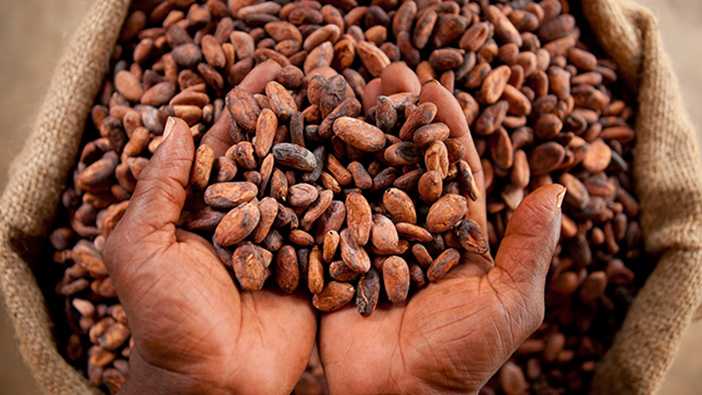The International Cocoa Initiative (ICI), launching its 2017 Annual Report today, has reached 188,000 children with child protection measures half-way through its 6-year strategy.
With the original aim of reaching 200,000 children by the end of 2020, the operational impact of ICI’s work from 2015 to 2017 has therefore been far greater than anticipated.
However many more vulnerable children and child labourers remain unassisted in West African cocoa-growing areas, a situation that urgently calls for innovation, adaptation and capacity-building to bring the good practices adopted by ICI, its members and its partners to a larger scale.
By the end of 2017, ICI’s Child Labour Monitoring and Remediation System (CLMRS), implemented with 6 partner companies, had targeted 127 cooperatives and 90,826 cocoa-farming households. The approach has been assessed as identifying over 60% of child labour cases and taking more than 50% of those cases out of child labour. ICI cites “unprecedented momentum in the cocoa sector’s collective sustainability effort” as driving a rapid expansion in supply-chain due-diligence.
Additionally, through 2017, ICI continued its support to 75 cocoa-farming communities in Côte d’Ivoire and Ghana, through its core programme. 127,299 people benefitted from community development, 63,886 of whom were children. Newly built classrooms, vocational training courses, and the establishment of women’s income-generating activities all contributed to improved prospects for children. A total of 3,949 children were newly enrolled in school between 2016 and 2017 as a direct result of ICI’s actions in the communities.
A chance for innovation and scale-up
“We are proud of our achievements but humbled by the task at hand,” says Nick Weatherill, Executive Director of ICI. “Progress towards some of the targets set by ICI’s Strategy, and by CocoaAction, is significant, but as the recent Cocoa Barometer highlighted, we’ll still only have reached less than 20% of the estimated 2.1 million children working in unacceptable forms of child labour by 2020.”
ICI plans to use the data it has generated over the last 3 years to learn, innovate and adapt its approaches so as to facilitate and accelerate their scale-up. For instance, since the data shows that child labour is concentrated in 60% of households, ICI will try to identify and selectively target CLMRS only at those specific households which are most at-risk of child labour. CLMRS, which currently targets all households, would therefore be lighter to implement. Similarly, to prevent child labour in communities, ICI’s data shows that the level of women’s education correlates strongly with a reduced child labour risk, suggesting that a priority emphasis on improving girls’ education could be the most cost-effective way of reducing child labour over the long-term. “If we test, prove and apply these theories not only to our own field work but also to our dialogue and collaboration with other actors in the cocoa sector, including the national governments, we can expect to see even more progress over the coming years” Weatherill states.
Celebrated each year on 12 June, the World Day against Child Labour is observed by the International Labour Organization, other UN bodies, governments, trade unions and civil society to bring attention to the global issue of child labour, and the action needed to eliminate it. ICI is launching its Annual Report today, highlighting the Foundation’s key achievements in child protection and its role as a driver of learning and capacity-building in the cocoa supply-chain to address its most complex sustainability challenge.
View the ICI 2017 Annual Report online
Download the ICI 2017 Annual Report as PDF


















